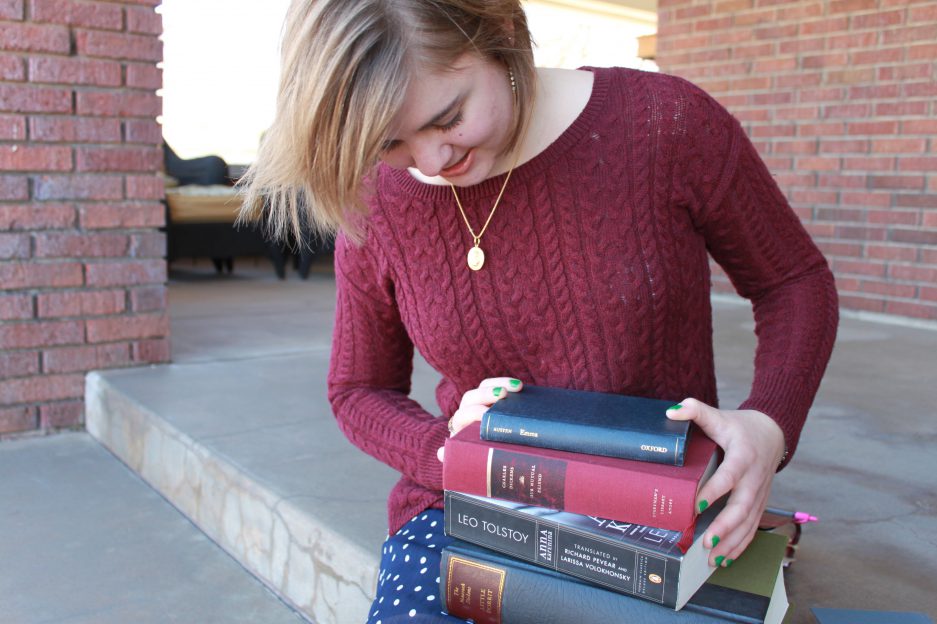Process. Knowing what to use and how to make the Industrial Revolution remix was easy—North and South is one of my most favorite movies and the book is by one of my favorite authors. Also, I love that time period. So, when I decided I was going to go an ethnography, it was only natural that I would want to include the movie and some literature from that time period. When I made the ethnography, I used clips from North and South and then cut in pictures from the Industrial Revolution and a poem from William Blake.
I think the hardest thing for me with that particular project was how to choose what to include. I decided to limit it mostly to the movie North and South, even though I love so many other books, poems, and art from that time. Once I picked that movie, I tried to pick parts of it that would highlight {spoiler alert} parts of the Industrial Revolution.
The ethnography went through a major revision when I decided to change the group I was going to remix. However, once I decided to do the Industrial Revolution, I stuck with my work and didn’t feel the need to make major changes. However, as I proceeded through the process of making this remix, I realized that I was constantly adding onto the video and “remixing” what I already had. This was interesting to realize: the process of remixing is new over. In fact, author Tashima Thomas notes how “each remix in principle expands the possibilities for future remixes” (Thomas 183). Not only did I feel like I was doing that, but it also seemed that I followed his definition of “selective remix” while making the ethnography. He says that this sort of remix “maintains its relationship to the original while adding and subtracting elements from it” (Thomas 182). The foundation for my ethnography was North and South, but I definitely added and subtracted to it.
Rationale. The ethnography that I did over the Industrial Revolution has a lot of history that I wanted my viewers to know. I wanted them to be able to see how personal the effects of it were—it was more than just a conflict between the working class and the owners. Individual people were affected. This is one of the reasons why I bookended the worker/master/union political strife with the love story between Mr. Thornton and Miss Hale. Both groups were affected, even if they might not be directly connected with the industries.
I wanted to make this remix of the Industrial Revolution because this is a time period that interests me greatly. I wanted my audience to learn about the Revolution through the lenses of what interested me the most about this time in the history of England—the arts and literature. I also wanted the viewers to see how the Industrial Revolution affected people and relationships—it was not something that was abstract or a great un-affecting event. Rather, friends were on opposite sides of the system. There was profound tension.

